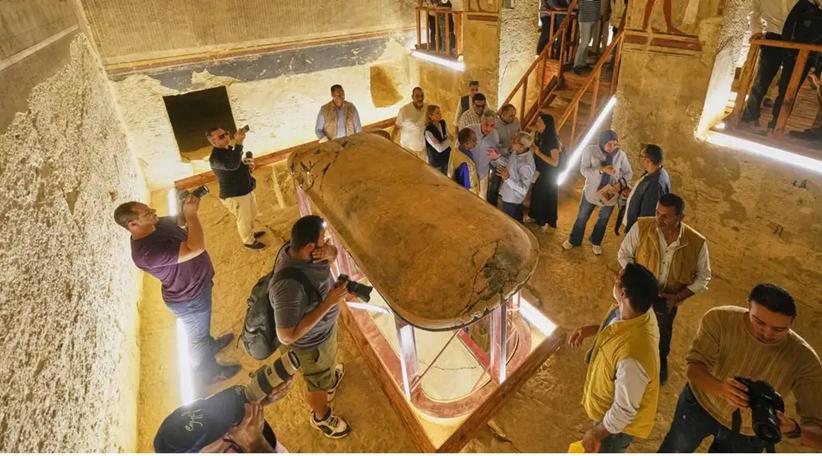- Region:
- World
- Category:
- Society
Egypt Opens Amenhotep III’s Tomb to the Public After More Than 20 Years of Restoration
Luxor, Egypt – After more than two decades of meticulous restoration, Egypt has officially reopened the tomb of Pharaoh Amenhotep III in Luxor’s Valley of the Kings, marking a major milestone ahead of the upcoming inauguration of the Grand Egyptian Museum in Cairo.
The tomb, dating back over 3,000 years, belongs to Amenhotep III, one of ancient Egypt’s most powerful and prosperous rulers, who reigned between 1390 and 1350 BCE. The restoration project —led by Japanese experts with support from UNESCO and the Japanese government— has been ongoing for over 20 years, involving 260 specialists including conservators, archaeologists, and engineers.
Egypt’s Minister of Tourism and Antiquities, Sherif Fathy, inaugurated the site, describing it as “a remarkable achievement in the preservation of world heritage.”
According to Mohamed Ismail Khaled, Secretary-General of the Supreme Council of Antiquities, the team faced “incredibly delicate work” to stabilize the walls and murals that had suffered severe deterioration.
Discovered in 1799, the tomb’s contents were looted centuries ago, including the royal sarcophagus. However, the intricate wall paintings —considered among the most exquisite of Egypt’s Eighteenth Dynasty— have now been fully restored, revealing vivid scenes of the pharaoh’s afterlife and divine encounters.
The tomb’s architecture features a 36-meter-long descending corridor leading to the main burial chamber of Amenhotep III, with two adjoining chambers believed to belong to Queen Tiye and Princess Sitamun.
According to UNESCO’s Japan mission, the conservation work “sets a global benchmark for integrated preservation,” while regional director Nuria Sanz praised the project’s “super-high level of international collaboration and scientific excellence.”
This reopening strengthens Egypt’s efforts to promote cultural tourism and heritage preservation, drawing renewed global attention to Luxor as one of the most important archaeological sites in the world.









